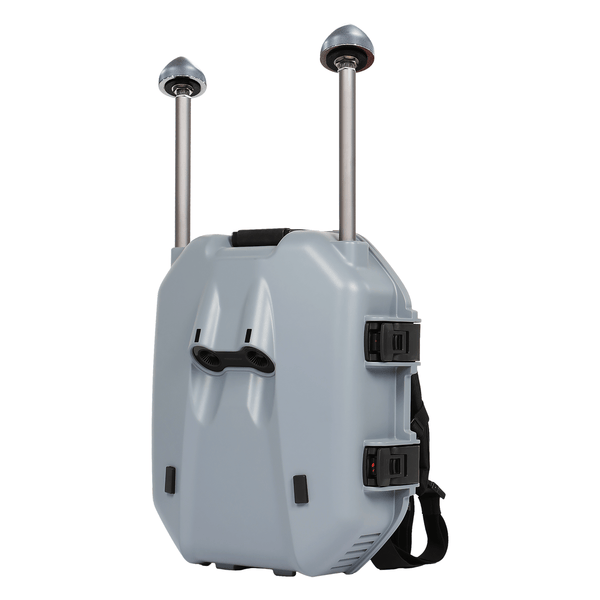Unmanned aerial vehicles (UAVs) and quadcopters require unimpeded access to GPS satellite signals to ensure continuous operation. Drones can become quite dangerous once they lose the signals they need for positioning and navigation.
Civilian drones have become common and have high-definition aerial imaging. In the hands of illegal elements, these camera drones may be used as surveillance cameras. In airports, government buildings, power departments, military bases, prisons and other places, state departments monitor drones. There are strict regulations on man-machine use and even a ban on flying drones.
It’s a good idea to keep drones away.
One is to interfere with the drone to make it return home, and the other is to deceive the drone's GNSS signal to keep the drone away.
Special note: You need to pay attention to laws and regulations when interfering or deceiving drones. Please do not interfere with drones privately.
Why are drone GNSS signals spoofed?
Due to the relatively weak signal power (-130 dBm), GPS signals are susceptible to interference from unintentional noise or intentional interference with the transmitter.
In addition, civilian GPS satellite signals have no encryption or authentication controls, so these signals can easily be counterfeited. If the bad guys knew what they were doing, they could launch a fairly sophisticated spoofing attack on a drone by exploiting inherent vulnerabilities in GPS signals.
What device can be used to spoof drones?
Drones spoof devices (mainly software-defined radios, or SDRs) to launch spoofing attacks on drones. The Skyfend Spoofer is one such device.

Spoofer is an advanced GNSS navigation spoofing device engineered explicitly for SUAVs. Its primary purpose is to enforce area denial, redirect drones to predetermined orientations and manipulate their flight paths to designated locations. When combined with radar, spectrum detection devices and jammers, it can cause drones to crash or force them to land at appointed locations.
What happens when a drone is spoofed?
A drone affected by spoofing is potentially dangerous as it could be steered off course, causing a crash or even being hijacked, depending on the type of spoofing attack and the extent to which the drone relies on GPS for guidance, navigation and identification.
The more a drone relies on GPS for positioning, navigation and timing, the more susceptible it is to manipulation by spoofing signals. Other aspects of the drone system (not just the aircraft itself) may also be at risk, including the ground stations or command and control centers that monitor drone flights, onboard payloads or sensors, and even data links.








